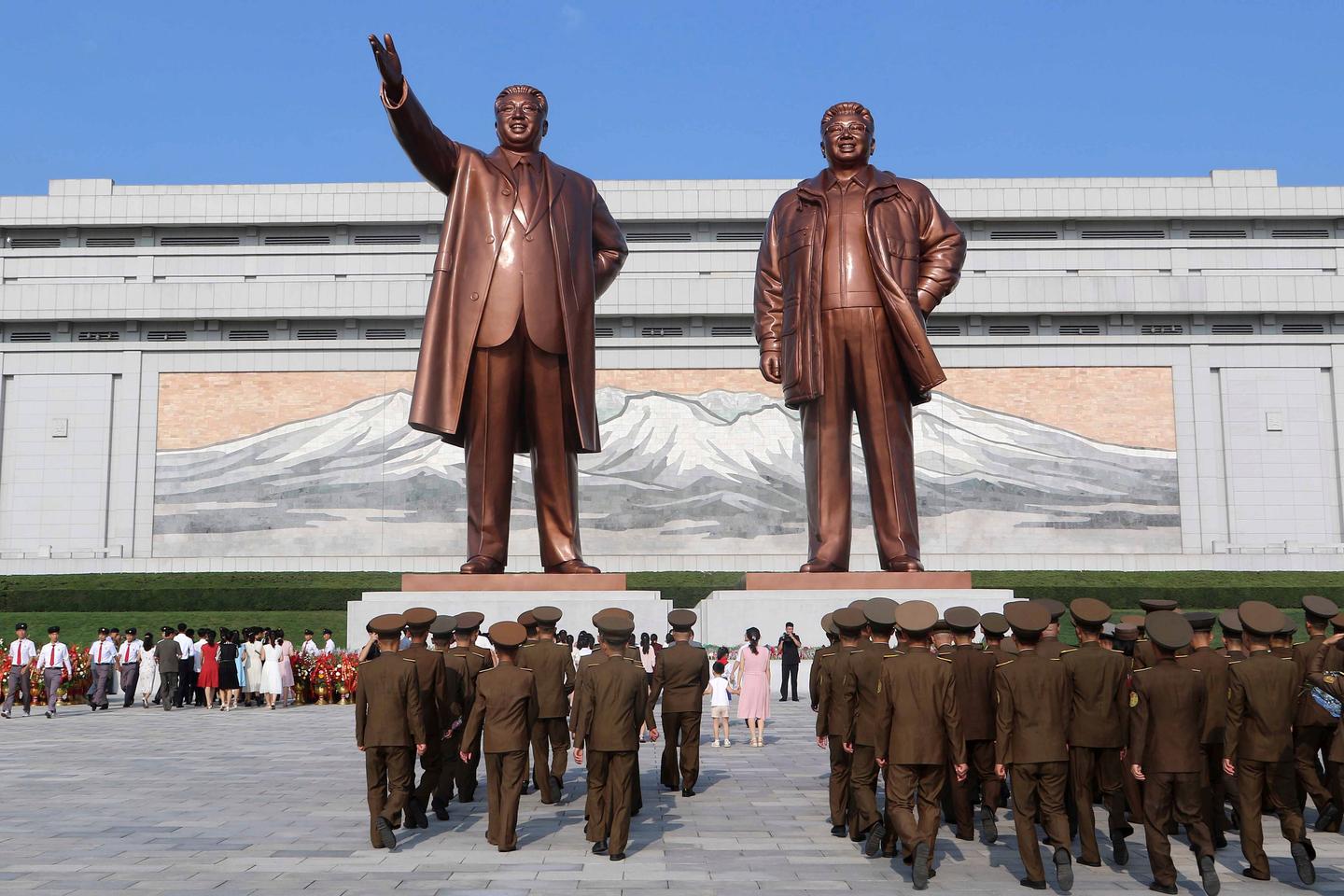


Largely ignored during Joe Biden's term in office, the Democratic People's Republic of Korea (DPRK) has so far remained off the agendas of both US presidential candidates, Kamala Harris and Donald Trump. The revelation of a new state-of-the-art uranium enrichment facility in Kangsong, west of Pyongyang, compounded by North Korean leader Kim Jong-un's recent visit there, is a reminder of the DPRK's growing power.
Does the Pyongyang regime intend to influence the American elections? Undoubtedly, but without deluding itself about its chances. Since talks between Kim and Trump in Singapore (2018) and Hanoi (2019) failed, "Kim has convinced himself that after decades of trying, there is no way to engage the United States," said North Korea expert Robert Carlin on the analysis website 38th North. Above all, Pyongyang has sought to re-establish the power dynamic with the United States. "We should make more thorough preparation for a long-term confrontation with the US imperialists," declared Kim following the Hanoi summit fiasco.
The failure of the "patience strategy" advocated by Barack Obama and adopted by Biden, which relies on sanctions to dissuade Pyongyang from pursuing its nuclear program, is patently clear. The sanctions have had no effect. Researcher Hong Min of Seoul's Korean Institute for National Unification (KINU), speaking to NK News, judged that the failure might give an advantage to Trump, who had favored a freeze on North Korea's nuclear program. However, the more time passes, the higher Pyongyang raises the bar. By pointing to the progress made in nuclear issues ahead of the American elections, Pyongyang, above all, intends to re-establish the power dynamic with Washington.
Over the past two years, a combination of circumstances has changed the game, favoring a shift in the course of the DPRK's strategy. Since South Korea's election of a conservative president, Yoon Suk-yeol (elected in March 2022), Pyongyang no longer has any illusions about Seoul's potential role as an intermediary with the United States – as had been the case with Moon Jae-in (president from 2017-2022), the architect of the summits between Trump and Kim.
From 'brother state' to 'main enemy'
The DPRK has thus abruptly put an end to the policy of rapprochement between the two Koreas, which began in June 2000 with the Pyongyang meeting between the president of the South, Kim Dae-jung (1924-2009), and the leader of the North, Kim Jong-il (1941-2011). South Korea has gone from being a "brother state" to the DPRK's "main enemy."
You have 54.22% of this article left to read. The rest is for subscribers only.
